Celtic knots have been used for various purposes throughout history, including in illuminated manuscripts, stone carvings, jewelry, and other forms of artwork. They have a rich symbolic significance in Celtic culture, often representing themes like eternity, interconnectedness, continuity, and spiritual beliefs. Some Celtic knots have specific meanings associated with them, while others are more abstract and open to interpretation.
Celtic Knot Drawing Journey
4 Easy Steps to Tangling with a Template
The very best way to take advantage of the meditative effects of Zentangle is to follow the standard 8 steps suggested by Rick and Maria. These simple steps allow the drawing to take shape without pre-planning the outcome. Relaxation is quickly achieved and the outcome brings a wonderful sense of satisfaction.
One of the keys to this process is the String. During CZT training, Rick Roberts referred to the string through a story of making rock candy with his grandmother. The string, dangled above the table and gently released creates a layered shape of many sections delicately encased by the string.
We can use the string concept with simple pencil marks on a tile or in a more formal manner by using a predefined template. It is fun to use many different types of strings, and when we control the outcome or plan the tangles we will use, it is called Zentangle Inspired Art.
